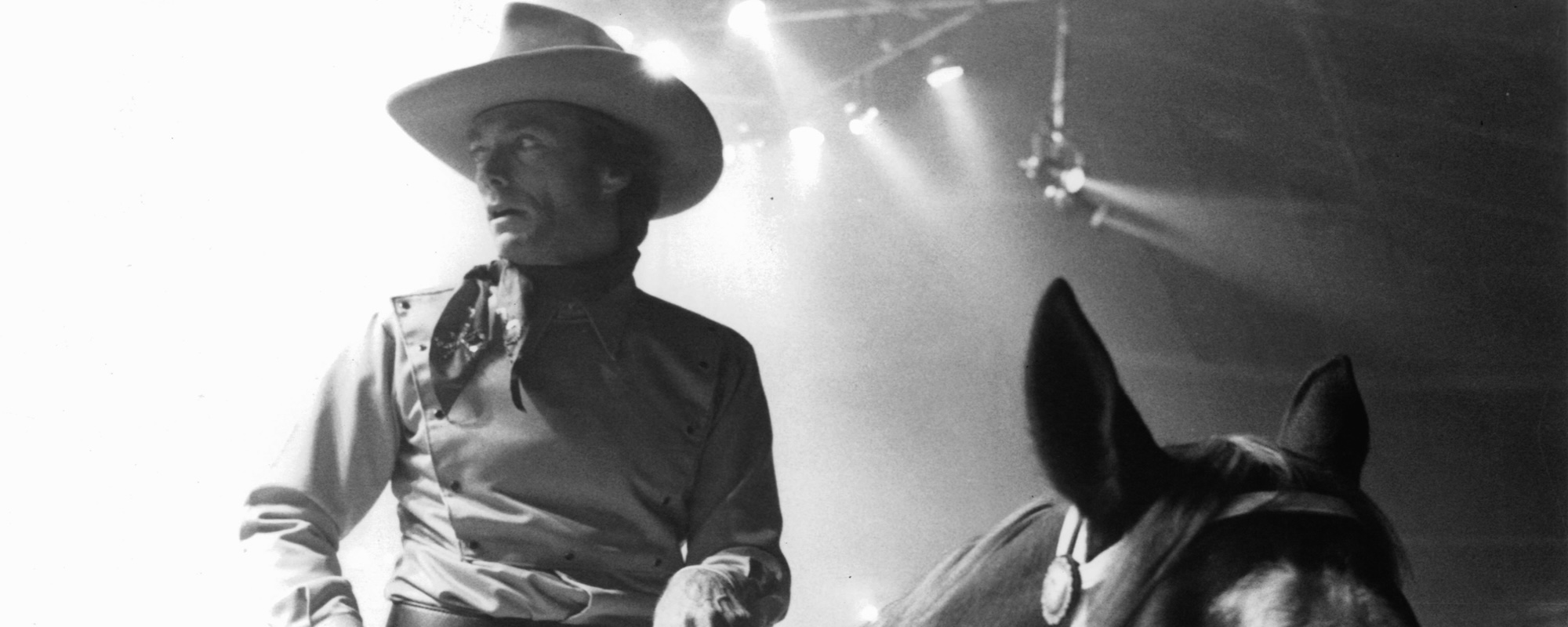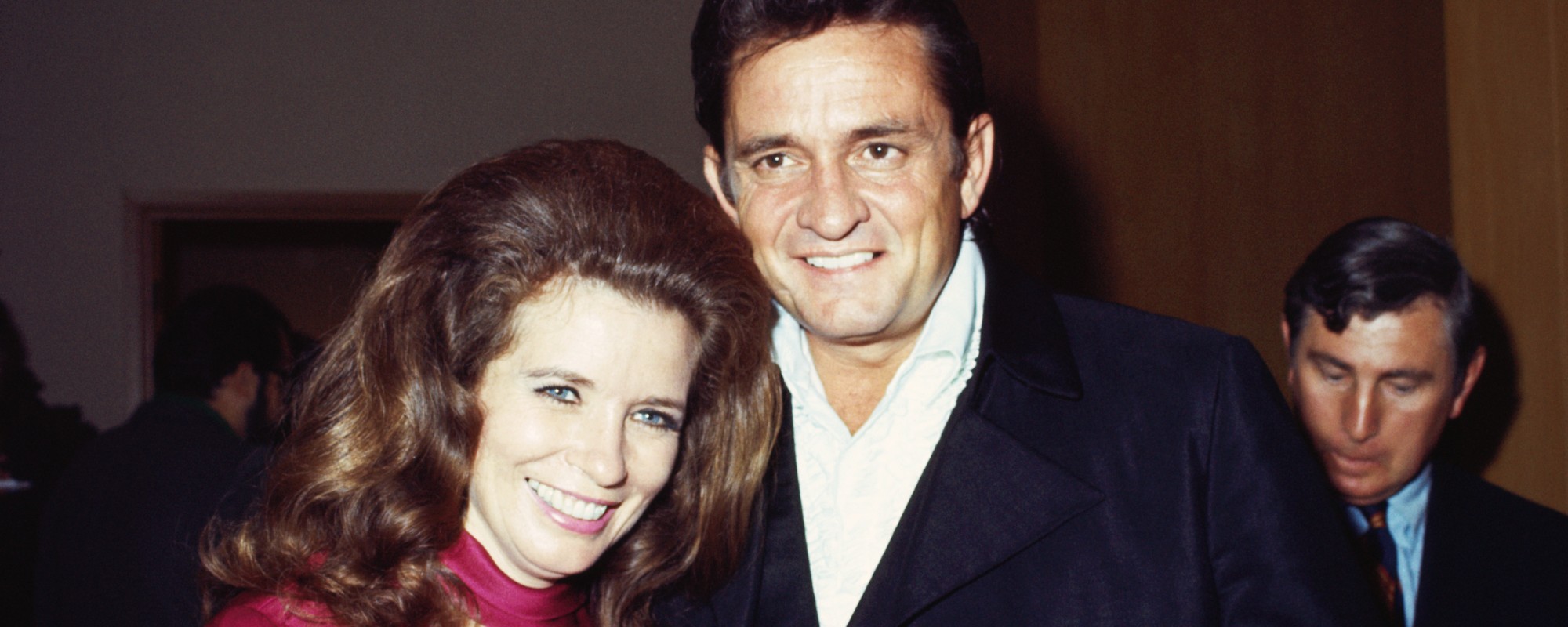Todd Rundgren spent the 1970s making his name as a maker of melodic hit songs and quirky albums for himself, his band Utopia, and the artists he produced. The following decades were a time of experimentation for Rundgren, and no experiment was bolder than his interactive 1993 album No World Order. Despite the ambitious vision that spawned it, the album stands as one of Rundgren’s least remembered works.
Videos by American Songwriter
With No World Order, Rundgren (who released the album under the moniker TR-i) introduced an entirely new innovation. Whereas on previous albums he tried out different recording techniques and technologies, on No World Order he aimed to create an entirely new type of listening experience. Taking in an album was (and still is) a largely passive activity. In creating No World Order as an interactive medium, Rundgren gave listeners the ability to edit and mix the album. Particularly in a time when we were still years away from having the ability to easily create playlists with digital music, it was a mind-blowing concept.
So why did No World Order receive so little attention, and why didn’t interactive albums become the norm? Let’s revisit this unique album from Rundgren’s vast discography.
A Customizable Listening Experience
No World Order was made to be played on CD-i machines, a relatively new device in the early ‘90s that were primarily used for video games. Listeners who bought the album could listen to a default version on a regular CD player, but those who played it on a CD-i player could unlock a variety of interactive options. The basis for the interactive experience was the 933 musical segments that made up the album, with each segment consisting of four measures of music.
Listeners could arrange the order of those segments, and they could change the way the music sounded. Specifically, they could listen to a sequence of the segments chosen by Rundgren, or any one of the sequences created by four “guest producers”—Bob Clearmountain, Jerry Harrison, Don Was, and Hal Willner. Listeners could then play their chosen sequence in the opposite order of the one created by the producer or loop one segment over and over. They could also change the tempo or cluster segments of a similar mood together.
Why No World Order Got Ignored
Prior to No World Order, Rundgren had released 13 solo albums, and every single one made it into the Billboard 200. No World Order broke that streak, and we can’t simply chalk it up to the album being experimental. Eight years earlier, Rundgren took A Capella to No. 128, even though the only instruments on the album were his voice and electronically altered versions of his voice.
One reason for the album’s lack of commercial success was not many people had CD-i players. According to Atlas Obscura, only about 570,000 players were sold, and around the time that No World Order came out, it cost roughly $600 to purchase one. If you were uninterested in using the player for anything other than music, you were essentially buying the player to listen to the one album that was made in an interactive format.
Those who bought No World Order and listened to it on a conventional CD player were still treated to some classic Rundgren compositions. “Worldwide Epiphany,” “Property,” and the title track feature Rundgren’s trademark soaring, melodic vocals and infectious synth hooks. Lyrically, “Day Job” is typical of Rundgren’s outspoken side, issuing a scathing indictment of widespread greed in politics, business, and entertainment. However, multiple versions of four of the tracks were included on the album, ostensibly to model for listeners how they can copy and paste portions of the songs into different spots in the track sequence. For those accustomed to the traditional one-way flow of an album sequence, this made for a disorienting listening experience.
Creating More Work for the Listener and Songwriter
Perhaps the biggest reason why No World Order didn’t draw more interest was simply that it was ahead of its time. Music fans were accustomed to playing a more passive role when listening to albums. Even those who made playlists the old-fashioned way—recording music from their collection onto cassettes or CDs—had yet to consider they could enjoy an album by rearranging granular portions of it. Given the ease with which fans can now make playlists, perhaps an album like No World Order would get a better reception today.
Also, creating an interactive album added a layer of work for Rundgren as a songwriter. During a demo of the CD-i version of No World Order in New York, Rundgren explained he had to write lyrics in such a way that they would still make sense if you rearranged them.
The Aftermath of No World Order
Other musicians did not follow Rundgren’s lead in issuing CD-i versions of their albums, and within three years, software manufacturers essentially ceased to create new products of any kind for CD-i players. Rundgren would release one more album as TR-i. The interactive elements of The Individualist (1995) could be accessed on personal computers.
As CD-i players gave way to cheaper and more user-friendly technologies, Rundgren forged ahead with his recording, production, and touring work. His 2004 album Liars was critically lauded, and it was his first album in 26 years to land on the UK Official Album Chart, peaking at No. 132. Rundgren returned to the U.S. charts in 2013 when State went to No. 12 on Billboard’s Top Dance/Electronic Albums chart and No. 49 on their Independent Albums chart.
Not many listeners, outside of Rundgren’s hardcore fans, have given No World Order a spin. Even though the technology it was created for has come and gone, the default version of the album is worth checking out. No World Order has plenty of the elements that made albums like Something/Anything? and Hermit of Mink Hollow rock classics. It also serves as a historical artifact from a time when computer technology was on the verge of changing the way we listen to music, but wasn’t quite there yet.
When you purchase through links on our site, we may earn an affiliate commission.
Photo by Kevin Winter/Getty Images












Leave a Reply
Only members can comment. Become a member. Already a member? Log in.